Carentan les marais; between economic dynamism and respect for the past.
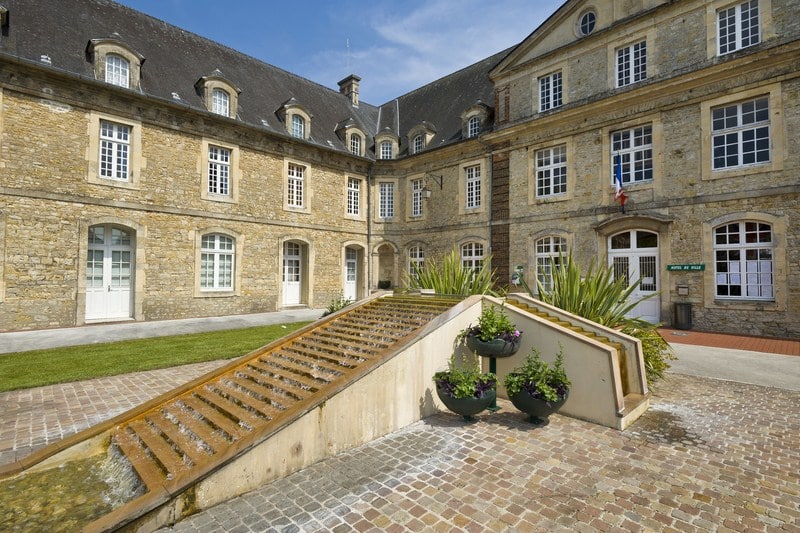
Carentan les Marais is a French commune located in the department of Manche in the Normandy region, with a population of 10,118 inhabitants. It became on January 1st, 2016, a delegated commune within the new commune of Carentan-les-Marais. It is located in the Community of Communes of the Cotentin Bay, in the middle of vast marshes cleaned and transformed into rich meadows, at the confluence of the Taute and the Douve rivers. The “Capital of the Marshes”, at the gateway to the Cotentin peninsula and the Bay of Veys, is at the heart of the regional natural park of the Marshes of the Cotentin and Bessin. The history and origins of the town date back to the Gallo-Roman period and this very active town is situated on the only access road to the heart of the marshes between Valognes and Bayeux, Carantomagos which meant “beautiful market” or “Carentos market”.
A port in the marshes
The Carentan agglomeration is very much involved in subjects related to the protection of the environment or the economy linked to green tourism.
Carentan les Marais is located in the heart of the Cotentin Bay, characterized by numerous areas of marshes, bocage, a coastal strip and some urban areas. This diversity results in a natural heritage, fauna and flora together, of great diversity, both in flora and fauna.
The Parc Naturel Régional des Marais du Cotentin et du Bessin was created in 1991 to protect these major natural areas. Located on the migratory axis used by birds to go from Northern Europe to Africa, the Carentan Marshes are a stopover place for thousands of birds.
The Marina, with a capacity of 330 berths, can accommodate 50 visitors. In 2017, for the 30th consecutive year, it will be awarded the “European Blue Flag” label, which rewards marinas that make the protection of the environment and the marine environment a priority (access to careening areas with no discharges into the natural environment, boat waste water recovery systems, special waste recovery areas).
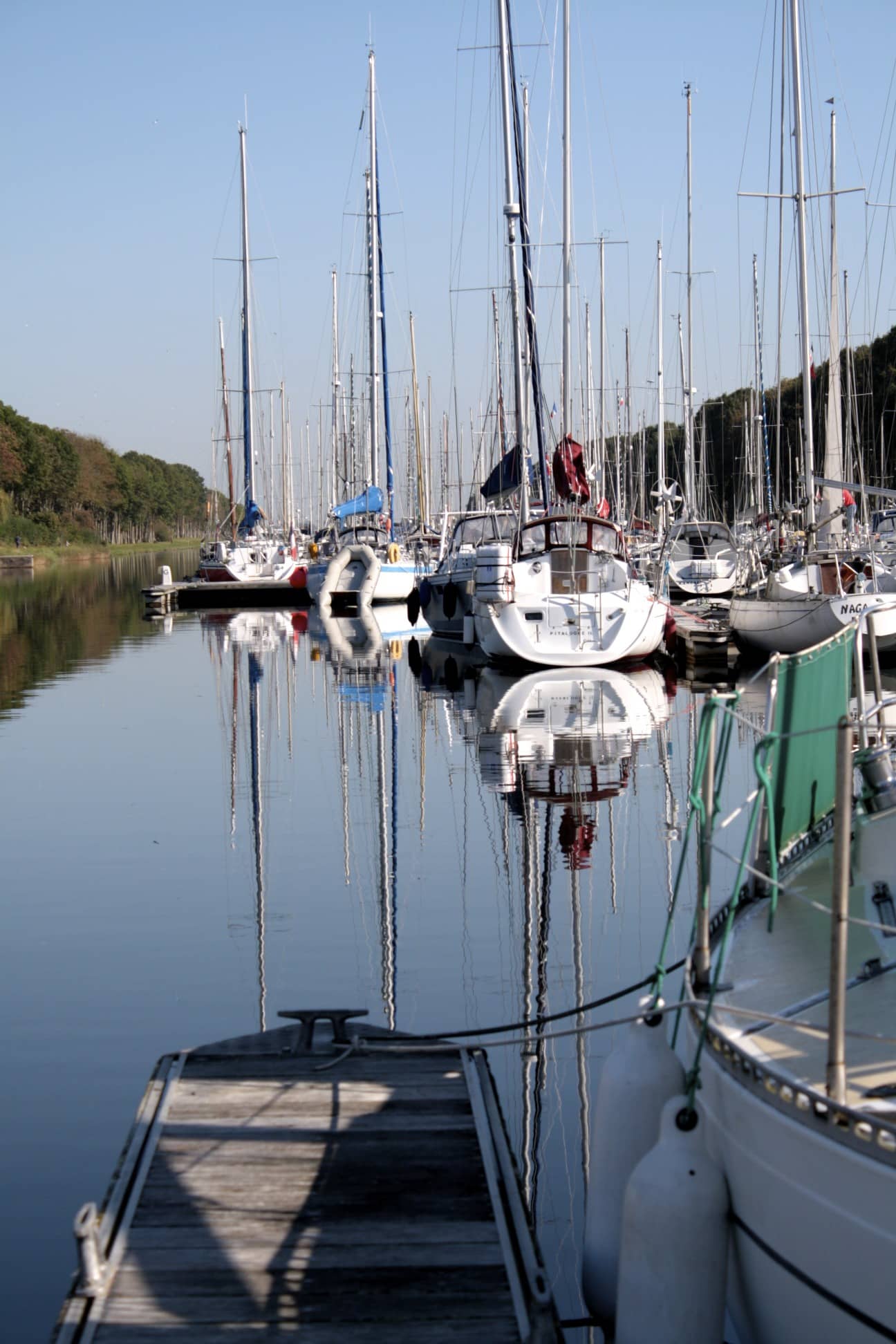 |
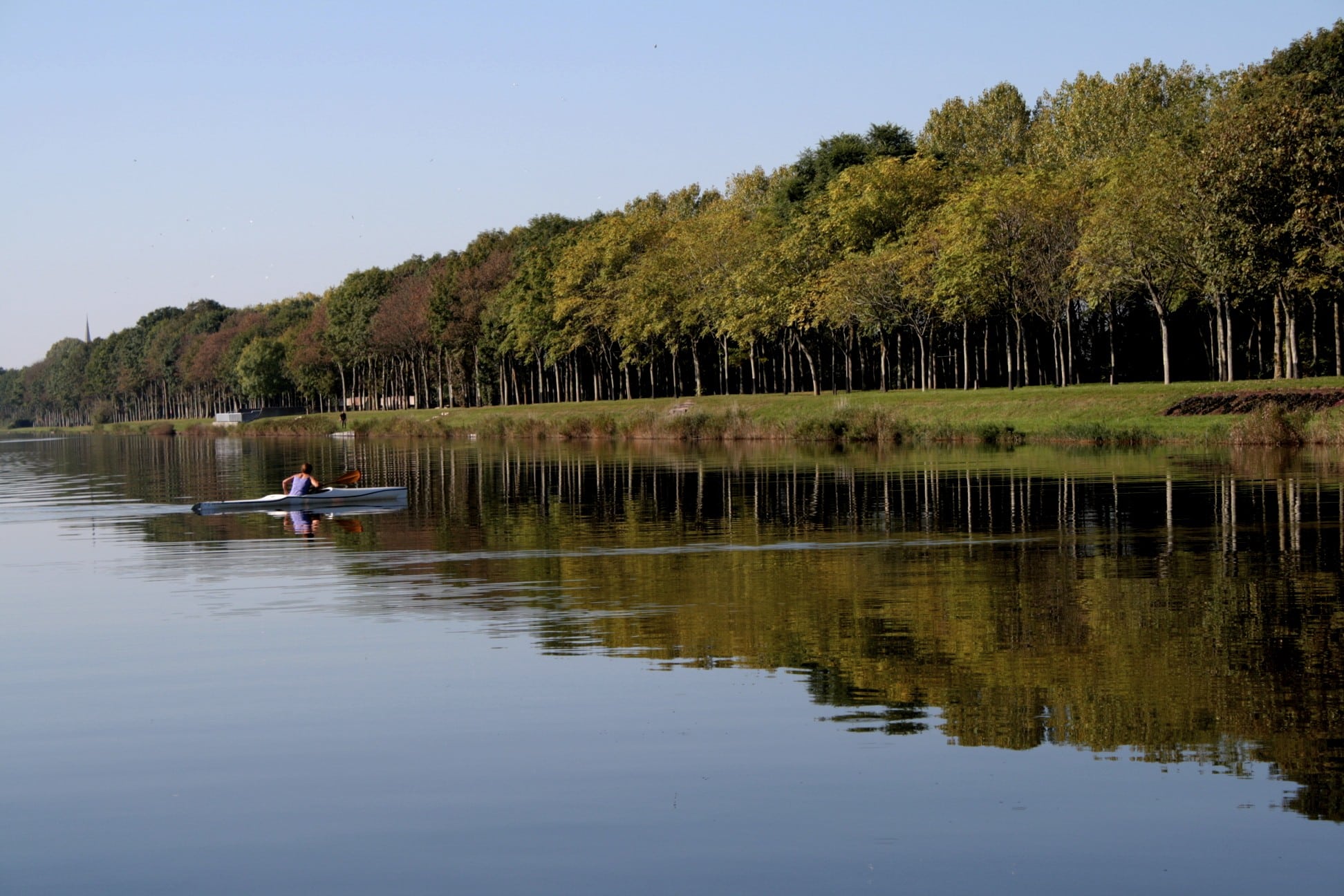 |
A medieval city, full of history.
Carentan is a medieval town as evidenced by the presence of listed historical buildings: its church, its town hall (former convent), its arcades which are the remains of an old market dating back to the 14th century, a superb wash house, and private mansions which would have welcomed personalities such as Honoré de Balzac or Napoleon 1st.
La Manche is a department marked by history, particularly by the landings of 6 June 1944. There are various heritage sites linked to remembrance tourism near Carentan, such as the landing beaches (Utah Beach, Omaha Beach), the Normandy Victory Museum and the D-Day Experience, …
Youth and dynamism
In Carentan, more than 3,000 children attend quality schools, both private and public, and contribute to the city’s dynamism.
For the youngest children, there are childcare facilities: a crèche and a nursery assistant relay.
For older children and teenagers, a leisure centre and a youth centre are present in the area and offer them many activities.
Carentan is one of the towns with a low unemployment rate: many job offers remain unfilled, particularly in the industrial sector. Economic activity is concentrated in certain districts: the town centre but also the peripheral business parks such as Pommenauque, Blactot, le Foirail.
A rich industrial fabric
Carentan has a very rich industrial fabric with flagship companies such as Laudescher, manufacturer of suspended ceilings and wood wall cladding.
A division of the Cargill group is present in Baupte. It is a production site for texture agents (gelling agents, thickeners and stabilisers), mainly used by the food industry, but also in cosmetic and pharmaceutical applications.
Saint-Gobain also has a subsidiary in Carentan, the Aurys glassworks, which specializes in the processing of flat glass.
SIPD (Société Industrielle de Produits Diélectriques) manufactures wires, cables and cords for telecommunications, petrochemicals, …
And of course, the food industry...
Les Maitres Laitiers du Cotentin produce fresh dairy products, pressed cheeses, PDO butter, cream and UHT milk on three production sites.
Confiserie Dupont d’Isigny produces a range of sweets and caramels made by perpetuating ancestral techniques.
It is also in Carentan, within the Alliance Océane company, that Coraya surimi is manufactured, in a production site that has been established for decades. Other companies in the sector include Gel Manche, which produces meals for hospitals and retirement homes, and William and James, which offers a complete range of smoked salmon and trout, made in an artisanal way.
Leisure and culture
The proximity of the Parc Naturel Régional des Marais du Cotentin et du Bessin allows you to take advantage of its 4,600 kilometres of hiking trails, including 18 educational trails.
The park can also be discovered by bicycle, horseback riding, but also by sailing aboard a boat or canoe.
The associative life is very rich with more than a hundred associations present on the territory, a large part of which concern the practice of sports in very varied fields, from boxing to oriental dance.
Religious heritage
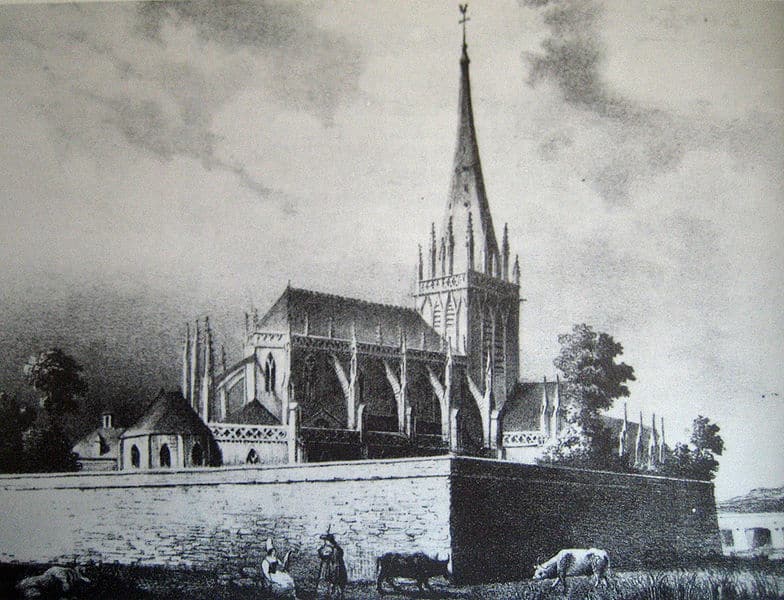
– Notre-Dame de Carentan church: Romanesque church of the eleventh century destroyed in 1443 and rebuilt in Gothic style by the bailiff of Cotentin, Guillaume de Cerisay. It is the subject of a classification as a Historic Monument.
– The church of Saint-Côme-et-Saint-Damien and its cemetery are classified as Historic Monuments.
– The church of Saint-Martin de Brévands and its underground crypt Saint-Loup which has been classified as a historic monument since 1954.
– The church Saint-Hilaire whose tower-tower of the xiie century is classified as a historic monument since June 15, 1954, the rest of the building being listed. The nave dates from the 18th and 19th centuries, the choir has two Gothic bays from the 14th century and a Romanesque bay supporting the tower-belfry from the 18th century and the portal from the 13th century.
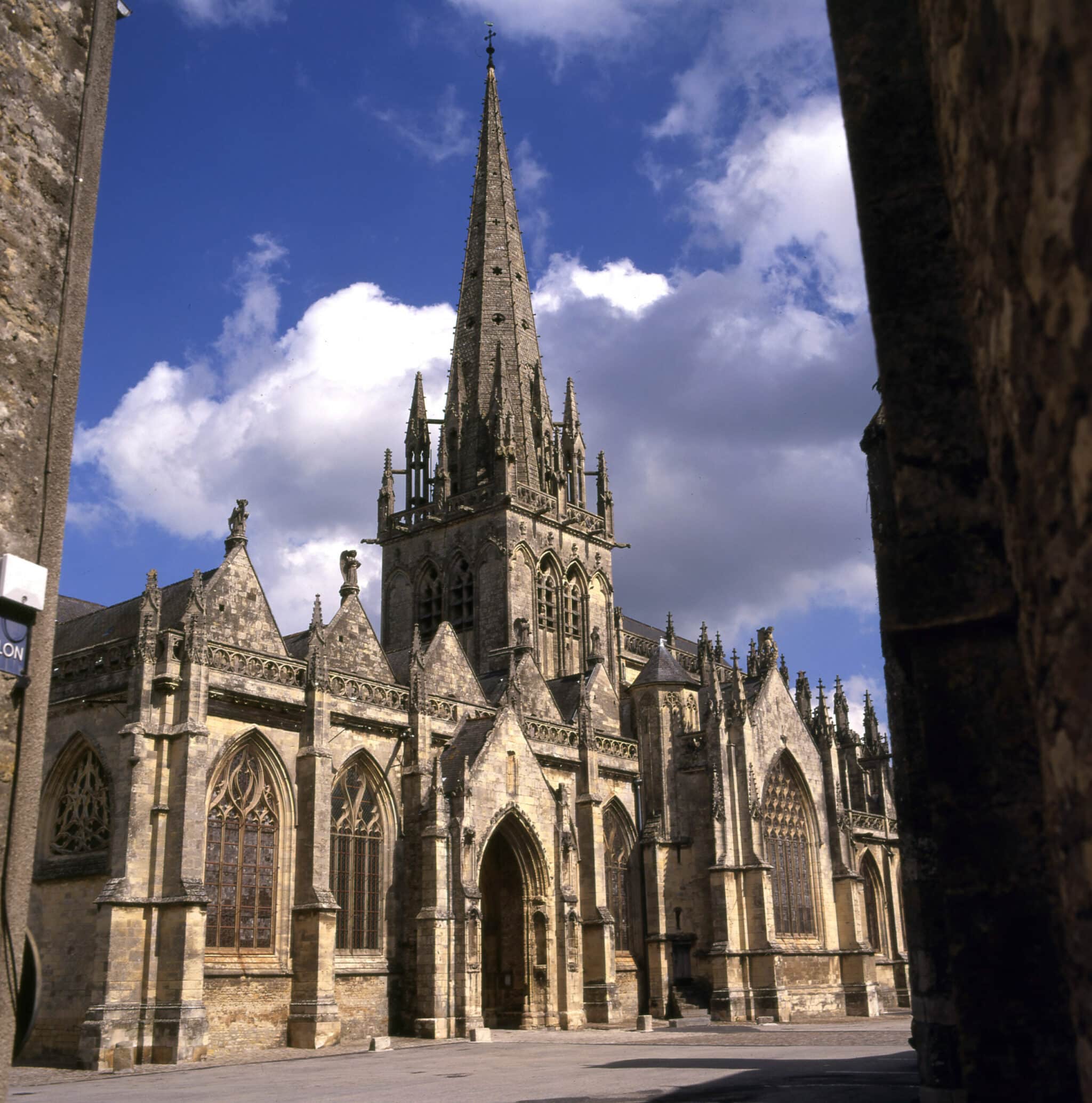
Gothic church Saint-Côme-Saint-Damien d’Angoville: The pews preserve traces of the blood of the wounded Americans and Germans who were treated there while the fighting was raging in 19442.
– Saint-Gilles d’Houesville Church, with its choir (16th century).
– Saint-Martin des Veys church (xiie century).
– Chapel Saint-Guingalois d’Auville (xive).
– Church of Notre-Dame de Saint-Pellerin.
– Saint-Grégoire de Catz church.
– Church of Saint-Martin de Montmartin-en-Graignes (xiii century).
– Romanesque church of Saint-Hilaire
– Saint-Eloi church of Vierville (xve century), with armoured baptismal font (xvie)
Museums
Dead Man’s Corner Museum, Normandy Victory Museum. This historical center of the D-Day paratroopers is located at the crossroads of the road from Carentan to Saint-Côme-du-Mont, in the very house where the German paratroopers’ HQ and later the infirmary were located. This historic building houses a collection of uniforms and equipment used by the American paratroopers of the 101st Airborne Division and by the German paratroopers of the 6th Regiment.
D-Day Experience: C-47 flight simulator, recreating the historic crossing of June 6, 1944.
Normandy Victory Museum located at Catz near RN13.
Maison du parc naturel régional des Marais du Cotentin et du Bessin, a 1952 farmhouse with an extension built in 2008-2009 according to the High Environmental Quality recommendations.
